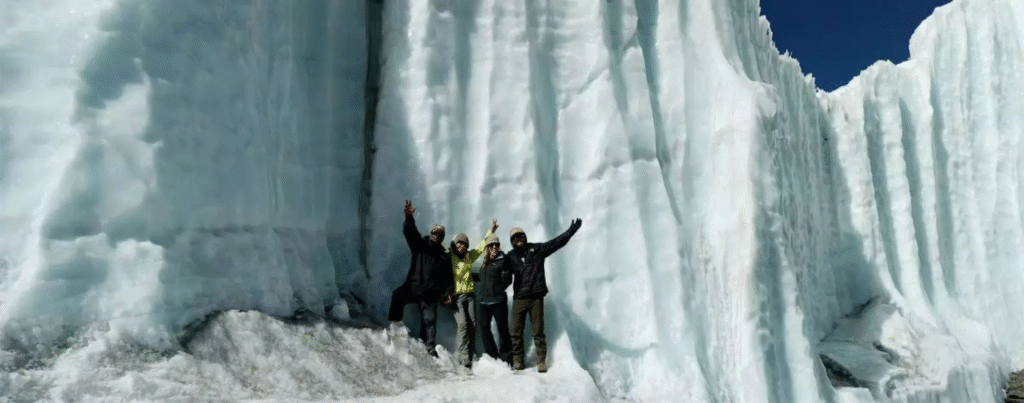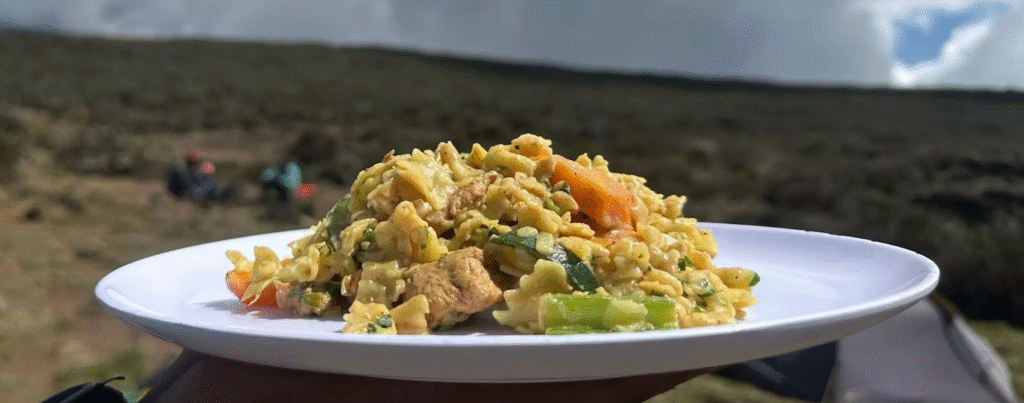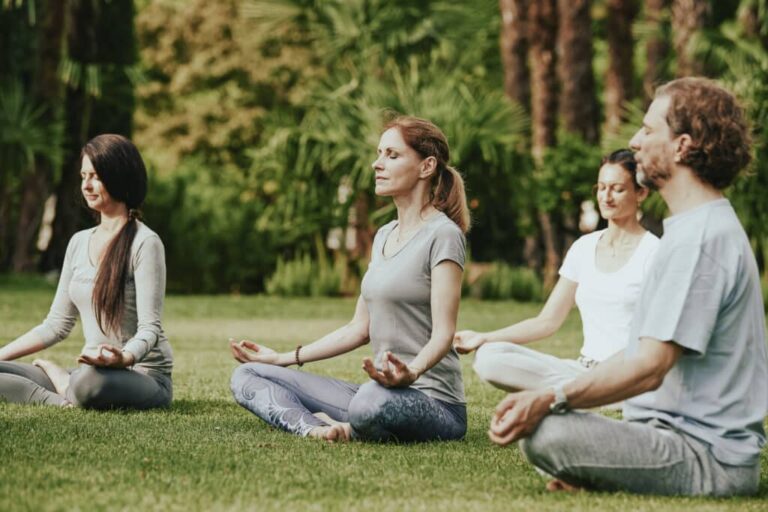Climbing Kilimanjaro: A Journey of Natural Strength, Wellness, and Renewal
In a world that runs on noise, notifications, and deadlines, there are few places left that truly invite stillness. Mount Kilimanjaro, Africa’s highest peak, rising 5,895 metres above the Tanzanian plains, is one of them — a place where modern life slows, and the natural rhythm of the earth takes over.
To climb Kilimanjaro is not just an adventure. It’s a journey of body and spirit — an immersion in the raw energy of nature that restores balance, endurance, and gratitude.
Unlike the world’s other great peaks, Kilimanjaro doesn’t demand ropes or technical skill. It demands awareness. It teaches that strength is not only physical but also mental, emotional, and spiritual — the quiet kind that grows in patience, humility, and perseverance.
A Journey of Gradual Transformation
The question everyone asks is how long does it take to climb Kilimanjaro? Technically, it can be done in five or six days, but the healthiest way is to take seven to nine. The slower ascent allows your body to adapt to the thinner air while your senses adjust to the rhythm of the mountain — waking with the sunrise, sleeping under the Milky Way, drinking from cold streams that taste of snowmelt.
Those extra days are not just for acclimatisation; they are for absorption. As the air grows cleaner and the noise fades away, you begin to notice details again — the scent of moss in the rainforest, the sound of wind moving through giant lobelias, the texture of volcanic dust beneath your boots.
Climbing becomes meditation.
Choosing a Balanced Path
There are several ways to reach the summit, but the path you choose shapes the experience. The popular Machame and Umbwe routes are beautiful but often crowded, and they include an unnecessary 401-metre climb that is quickly lost into Karanga Valley — a strain on both body and spirit.
Team Kilimanjaro’s TK Lemosho Route was designed differently. It follows a smoother, quieter path up the western flank of the mountain, allowing the body to acclimatise naturally. The camps are calm and scenic, giving climbers time to stretch, breathe, and reconnect with the landscape.
For those who seek something extraordinary, the Excel Extension offers the chance to sleep inside the crater itself at 5,729 metres — surrounded by ice walls and stars, in a place so pure and silent it feels outside of time.

The Right Season for Wellness
The best time to climb Kilimanjaro is during the dry months: January to March and June to October. These are the seasons of clear skies, firm trails, and gentle temperatures — perfect for a stable, safe ascent.
Yet each season brings its own healing quality. The rainy months (April–May and November) cover the forest in mist, filling the air with freshness and renewal. The mountain becomes lush and quiet, ideal for those seeking solitude and reflection.
Every season has a rhythm. The key is to choose the one that matches your own.
Nourishment and Natural Support
Health on Kilimanjaro is not only about altitude; it’s about what sustains you along the way. Team Kilimanjaro has built a reputation for nourishing its climbers well — with fresh, locally sourced food prepared daily: soups rich in vegetables, slow-release carbohydrates, and fruits full of electrolytes.
Around 70 percent of climbers choose the Advantage Series, a perfectly balanced option that offers comfort without indulgence: three wholesome meals a day, private toilets, and spacious mess tents that keep spirits high even at altitude.

For minimalists, the Superlite Series is a purist’s choice — carrying your own gear, eating simply, living close to the earth. The Hemingway Series, by contrast, provides wellness through restoration — fine, unhurried meals, thoughtful rest spaces, and quiet moments of reflection at the end of each day.
No matter the level of comfort, every series shares a common principle: respect for the mountain and for the body that climbs it.
The Healing Rhythm of the Climb
Kilimanjaro teaches the wisdom of pacing. The Swahili phrase you hear again and again is pole pole — “slowly, slowly.” The words are both practical and philosophical. The slower you go, the deeper the breath, the steadier the heart, the clearer the mind.
Summit night is the culmination of this rhythm. Climbers wake around midnight, stepping into darkness and cold. The stars are vivid, the air thin, and the only sound is the crunch of snow. Step by step, hour by hour, they climb toward the dawn.
When the first light touches the glaciers and the plains below unfold in gold and blue, it is impossible not to feel wonder. The summit at Uhuru Peak — “freedom” in Swahili — becomes more than a physical location. It is the meeting point of endurance, humility, and peace.
Restoring Balance After the Climb
Many climbers continue their wellness journey with a safari through the Serengeti or a few days by the ocean on Zanzibar’s white sands. Others return home immediately, changed from within.
After Kilimanjaro, the small stresses of modern life seem less sharp. The climb reminds you that simplicity — fresh air, clean water, purposeful movement, rest — is not luxury but necessity. The mountain strips away the unnecessary until only balance remains.
The Meaning of Natural Strength
To Kilimanjaro veterans, the mountain embodies a truth easily forgotten in modern health culture: strength is not aggression but steadiness. Real wellness is not about control; it is about harmony — between body and environment, ambition and rest, doing and being.
By taking time to understand how long does it take to climb Kilimanjaro, choosing the best time to climb Kilimanjaro, and walking a route that respects both nature and the body, you engage in something ancient — a rhythm of movement, breath, and gratitude that predates the modern world entirely.
In the end, Kilimanjaro isn’t conquered; it is communed with. The mountain doesn’t challenge you to defeat it. It invites you to rediscover the natural strength you were made with — and to return home lighter, clearer, and fully alive.
Keep an eye for more latest news & updates on Wellhealth Organic!






